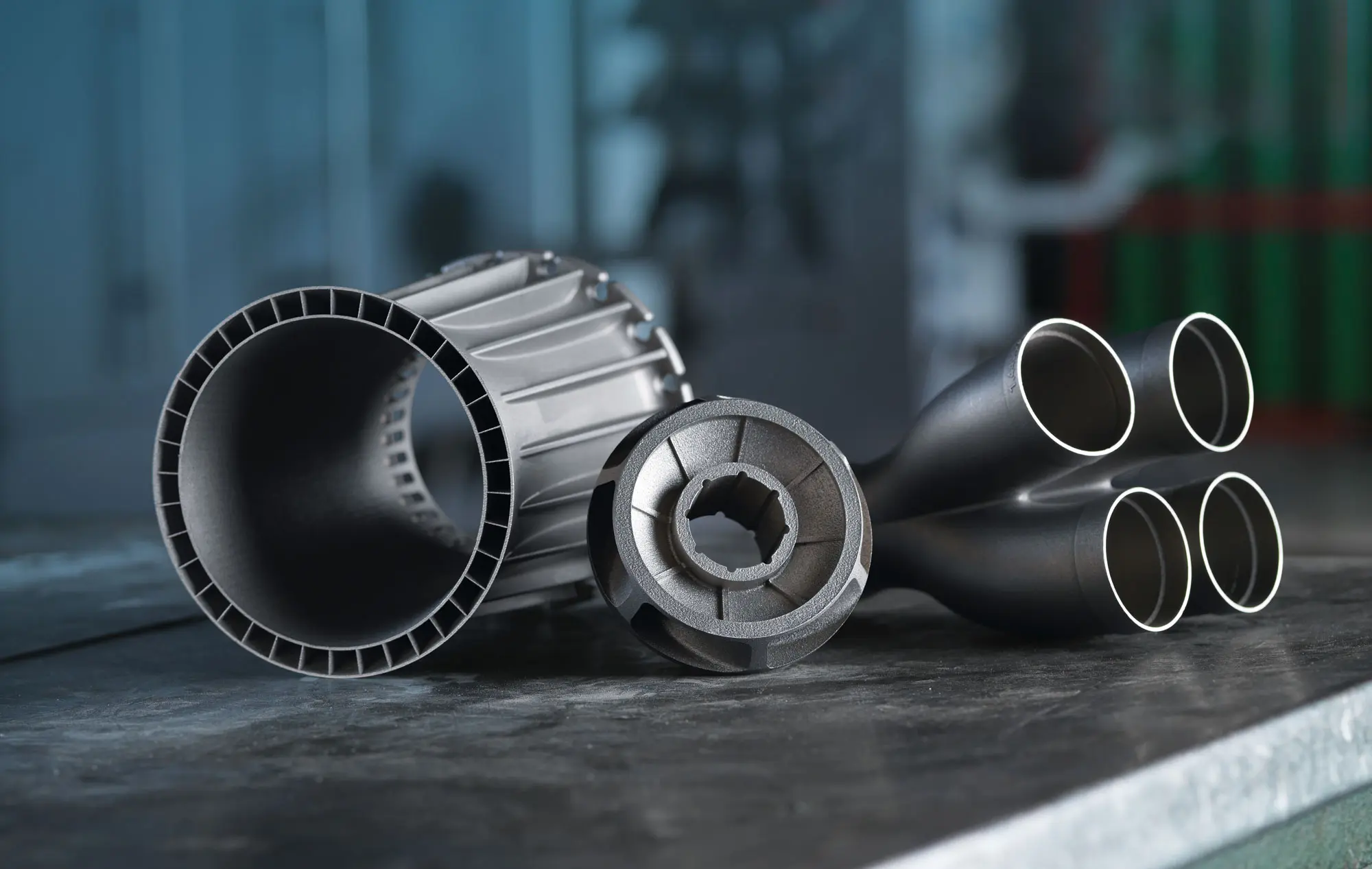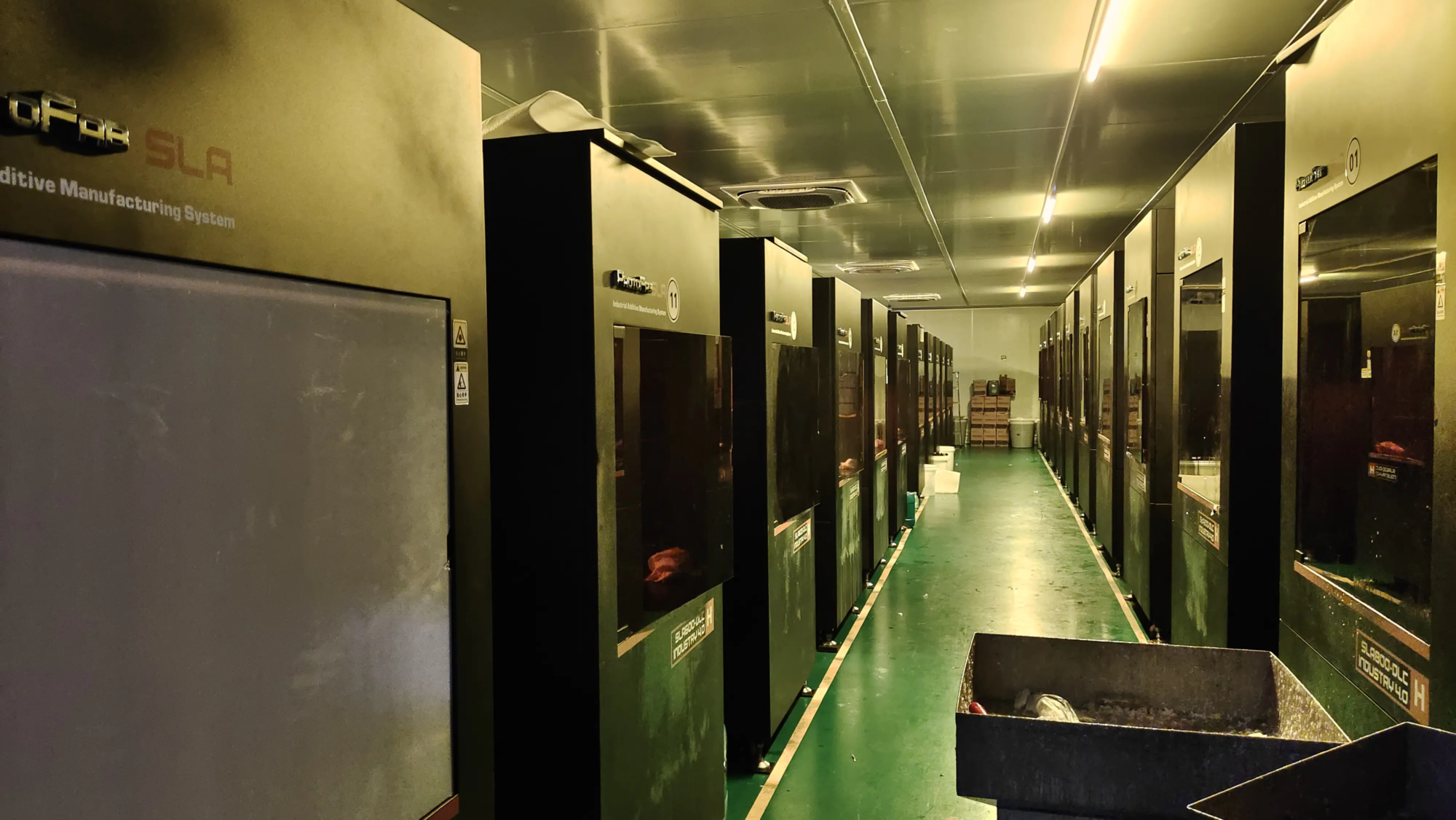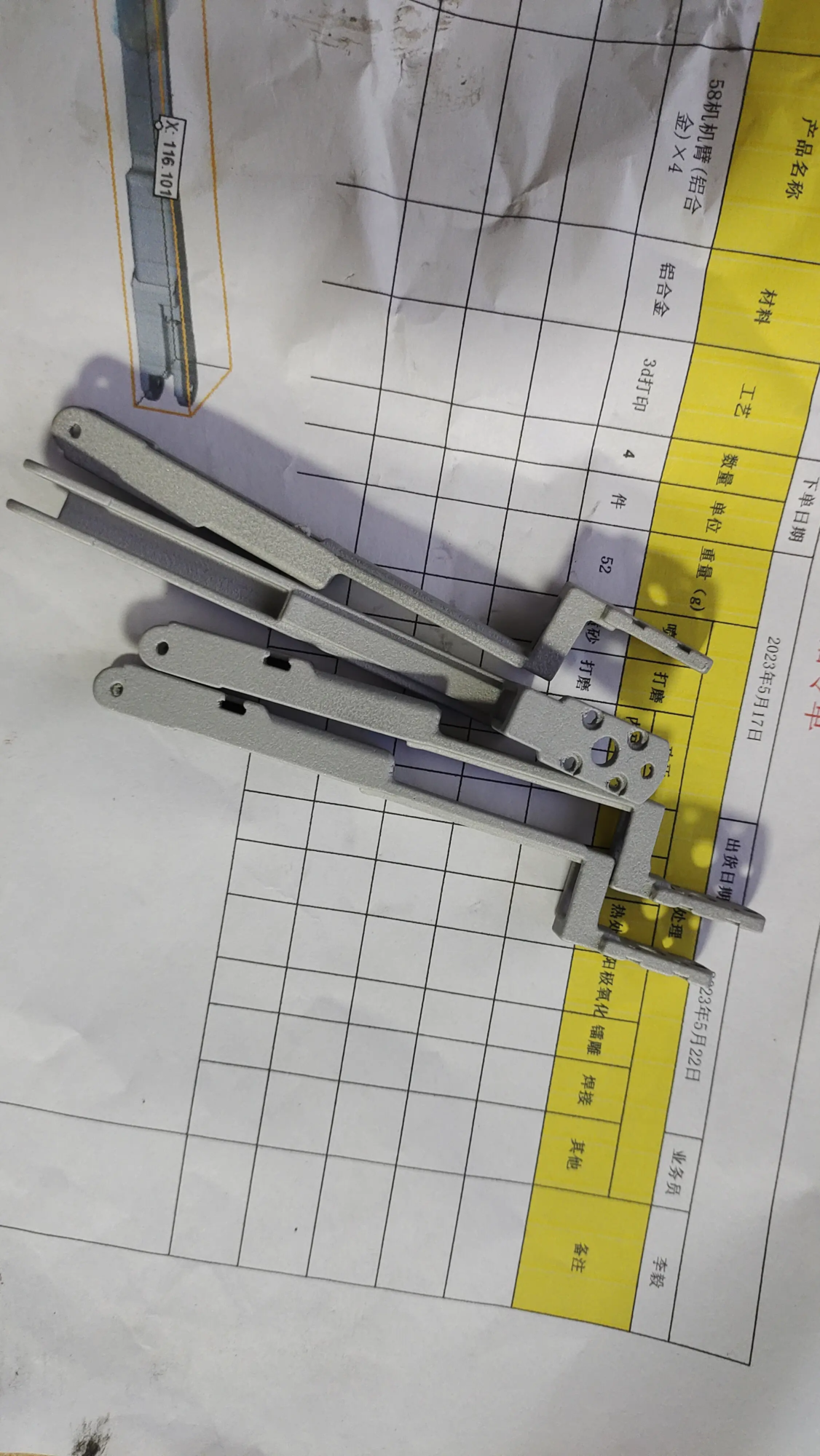Humanity is one step closer to 3D printing in space.
In August 2024, the International Space Station (ISS) successfully performed the first metal 3D printing in history in the microgravity environment of space. This milestone marks a major advancement in space manufacturing and will pave the way for future space missions that depend on it. on production and maintenance in orbit. Opens up new possibilities.
The mission, led by the European Space Agency (ESA), aims to demonstrate the feasibility of manufacturing metal parts in microgravity conditions and will have a profound impact on the long-term exploration of the Moon and Mars. ‘future.
Installation and operation of a metal 3D printer
This metal 3D printer was developed by Airbus and its partners with support from ESA and will arrive at the International Space Station aboard a cargo ship in January 2024. The printer is installed in the Columbus experimental chamber and placed in a sealed box that replaces oxygen with nitrogen to eliminate the risk of fire and prevent metal oxidation during the high temperature printing process. The printer operates at temperatures above 1,200°C and uses lasers to melt stainless steel wire to create metal parts.
The first metal 3D printer is installed in the space test module
In May 2024, the printer will begin its first operation under the leadership of ESA astronaut Andreas Mogensen. After debugging and preliminary testing, the printer successfully printed the first layer, then switched to 3D printing mode to create the required shape layer by layer. The most difficult part of the whole process is precisely measuring and adjusting the height of each layer to ensure printing accuracy.
Print progress and results
By mid-July, the printer had made 55 layers and successfully printed half of the first sample. After process optimization, the printing speed accelerated and entered the “cruising phase”. In early August, the first 3D-printed metal sample was fully formed and safely removed from its sealed box on August 21 by astronauts Sunita Williams and Jeanette Epps on the International Space Station.
First metal part printed in 3D in space
In the next phase of the experiment, the International Space Station crew will continue to print three more metal parts, which will be returned to Earth later to compare their mechanical properties with similar parts made in laboratories on the ground. Through these experiments, scientists will better understand the impact of microgravity environments on metal 3D printing. This data will be of great importance for future space manufacturing, especially for the mission of establishing permanent bases on the Moon and Mars.
The first metal 3D printer on the International Space Station
This success not only demonstrates the feasibility of metal 3D printing in microgravity, but also offers new solutions for future deep space missions. As technology advances, on-orbit manufacturing capabilities in space will become increasingly important. They will be able to manufacture parts or replace defective equipment according to actual needs, reduce dependence on ground supplies and significantly improve the autonomy and flexibility of future exploration missions. .sex.





